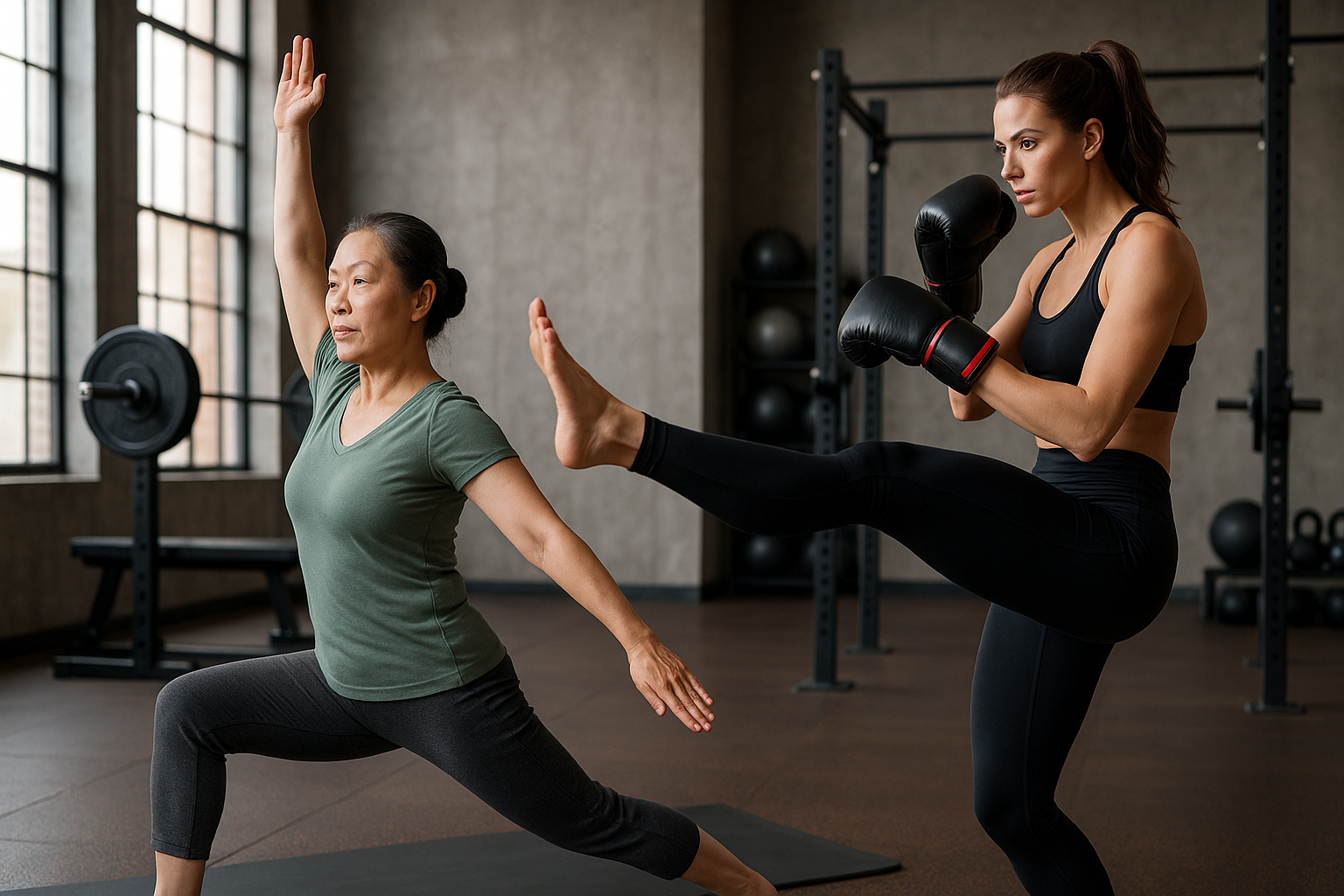Daily mobility routines for sustained joint function
Consistent daily mobility routines support joint function by combining small movements, intentional breathing, and recovery strategies. A routine tailored to your needs helps preserve range of motion, reduces stiffness, and complements nutrition and sleep patterns that influence tissue repair. Short, focused sessions can be integrated into work and home days to build long-term resilience.

This article outlines practical daily approaches to maintain healthy joint function through movement, supportive habits, and targeted exercises. The aim is to provide clear, evidence-informed ideas you can adapt to your schedule, emphasizing habits that reduce strain and promote durable joint health.
This article is for informational purposes only and should not be considered medical advice. Please consult a qualified healthcare professional for personalized guidance and treatment.
How can daily mobility support joint function?
Daily mobility means regular, low-load movement that takes joints through safe ranges of motion rather than intensive stretching or heavy loading. Gentle active movement stimulates synovial fluid circulation, helping nourish cartilage and lubricate joint surfaces. Repeated simple patterns — controlled arm circles, ankle pumps, or spinal rotations — maintain usable range and signal the nervous system to coordinate supporting muscles. Over time, this improves movement confidence and reduces compensatory patterns that can increase wear on specific joints. Aim for brief sessions several times a day rather than a single long session.
How does hydration matter for joint health?
Hydration affects tissue viscosity and the composition of synovial fluid that cushions joints. Drinking adequate fluids supports cartilage resilience and overall cellular function. While specific fluid needs vary by body size, climate, and activity level, regular water intake across the day is more beneficial than a single large volume. Pair hydration with electrolytes during prolonged activity or heavy sweating. Foods with high water content such as soups, fruits, and cooked vegetables also contribute to overall hydration and provide nutrients important for connective tissue.
What recovery strategies support sustained mobility?
Recovery is about allowing tissues to repair and the nervous system to reset. Good recovery practices include prioritizing sleep, alternating higher-intensity days with lighter mobility or active recovery, and using targeted self-massage or foam rolling to address soft-tissue tightness. Cold or heat can be used selectively based on preference and symptom pattern: heat to assist gentle movement and cold for acute inflammatory flares. Recovery also includes listening to pain signals — distinguishing between temporary discomfort from gentle lengthening and sharp pain that warrants professional assessment.
How can flexibility exercises be incorporated safely?
Flexibility for joint function should focus on dynamic, controlled movements and progressive lengthening rather than aggressive static stretching alone. Dynamic stretches performed before activity — leg swings, shoulder circles, hip openers — warm tissues and prepare joints for load. Post-exercise, shorter static holds can help maintain range. Emphasize quality: slow control, breath coordination, and easing into ranges rather than forcing them. Integrating breathing with stretches reduces guarding and improves tissue receptivity to gentle lengthening.
How does posture and ergonomics affect joints?
Posture and ergonomics shape how loads are distributed across joints throughout the day. Prolonged slumped positions increase strain on the spine and shoulder joints, while poor knee or hip alignment during sitting can exacerbate discomfort. Optimize work and home setups to encourage neutral joint alignment: adjust chair height, support lumbar curve, position screens at eye level, and introduce standing or movement breaks. Small habitual adjustments reduce cumulative microtrauma and support endurance for everyday tasks.
How to build strength to protect joints?
Strength around a joint provides the primary dynamic support that reduces stress on passive structures like ligaments and cartilage. Focus on functional strength exercises that mimic daily tasks: squats or sit-to-stand for hips and knees, rows and scapular stabilizers for shoulders, and core-loaded movements for spinal control. Use progressive loading within pain-free limits and include endurance-focused sets to build resilience for longer activities. Balance strength work with mobility sessions so increased muscle capacity does not reduce joint range.
Conclusion Daily mobility routines that combine small, consistent movement sessions with adequate hydration, deliberate recovery, ergonomic awareness, and progressive strength work create a foundation for sustained joint function. Integrating flexibility and breathing into these routines enhances movement quality while nutrition and sleep support tissue repair. Personalization and gradual progression help maintain gains over the long term without provoking injury.





